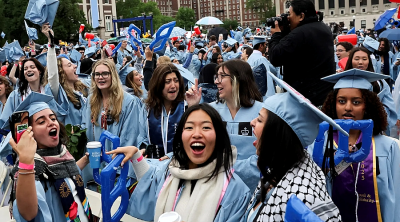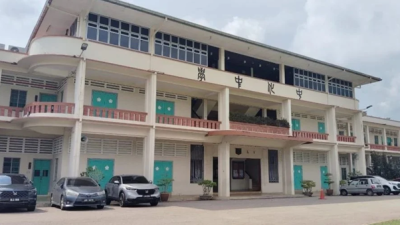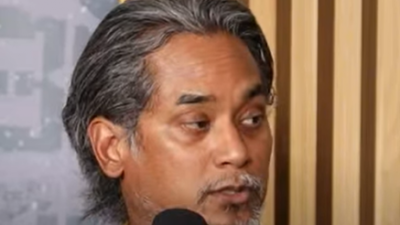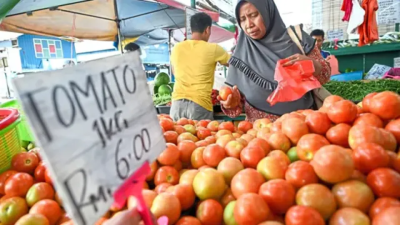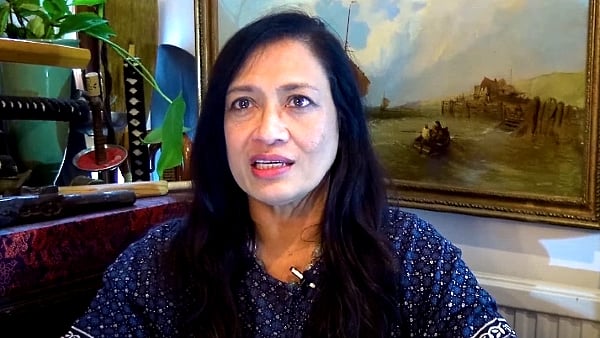
When hundreds of blue balloons drifted into the sky above Kuala Lumpur at Yap Shing Xuen’s funeral, they carried with them the grief and bewilderment of a nation.
The 16-year-old was allegedly stabbed to death by a 14-year-old schoolmate at a Bandar Utama school.
Her death comes after many such brutal acts of violence have been reported in the newspapers recently.
This has reignited a national debate over student safety, toxic online content, and ministerial accountability.
This latest act of violence is not an isolated event. Violence did not visit our schools overnight.
Violence has been allowed to grow slowly, largely undisturbed, mostly neglected or dismissed, until it exploded into shocking brutal crimes which shock us to the core and we then wonder how our children could be responsible for committing violence.
Yap’s murder was not a random act because violence and bullying in Malaysian schools have been escalating for years.
The report detailing her death follows other deeply disturbing cases; classroom rapes in Melaka and in Kedah, the suspicious death of a 10-year-old student in Negeri Sembilan and the Sabah teenager who died after an alleged fall from the third floor of her hostel.
There is a collective failure of the Ministry of Education to take preventive action because school heads allegedly refuse to act on their own, preferring precise directives from the ministry or education department.
At the same time, these acts of school violence are also met with disbelief and short-lived anger.
The knee jerk reactions of a police presence, metal detectors, CCTVs are all superficial.
Why won’t schools address the psychological roots of aggression or the social alienation that accompanies such acts? Some schools are no longer safe spaces for learning and growing-up and they risk becoming places harboring fear.
Yap’s murder, reportedly involving multiple stab wounds, is a horrifying manifestation of problems that have long gone unacknowledged: unchecked bullying, poor mental health support, and a lack of empathy training in schools. Parental upbringing also plays a crucial role.
At Yap’s funeral, the Youth and Sports Minister, Hannah Yeoh, pledged to combat “incel culture”, and honored the victim with a national sports jersey.
Whilst her compassion and presence were praised, many queried the absence of the education minister.
Yap was murdered in the school, during school-hours. The brutal murder on school premises demands the direct intervention of those in charge of our schools.
The silence of the education minister only confirms what most Malaysians perceive: School safety and student welfare are considered as an afterthought.
Yeoh’s decision to address incel culture whereby a subculture of mostly young men who express hostility toward women for perceived romantic rejection, was both timely and necessary.
Her statement recognizes a growing menace among youths of the spread of online misogyny and emotional alienation.
However, the suspect told the Selangor police chief, Shazeli Kahar, that he had no romantic feelings towards Yap.
The New Straits Times reported him claiming that violent video games and certain social media content probably influenced the fatal stabbing.
Incel ideology may seem ‘foreign’ to many Malaysians, but it’s association with rape culture, expressions and acts of violence, and its spread at an alarming rate online, are worrying.
No one should ignore the connection between this toxic digital subculture and violent behavior.
Yeoh said that Yap was an active, kind-hearted student who enjoyed sports.
Her killer’s reported rage and brutality may reflect more than personal conflict.
They may be symptoms of a broader cultural sickness spreading among the youth through social media circles, or bubbles.
Yap’s murder follows a violent trend in Malaysian schools.
The gang rape cases, Sabah and Senawang deaths show that schools are failing to safeguard children from both peer violence and sexual assault.
So, are our schools becoming violent places or are people more courageous about lodging reports?
When violence/crime is reported as mere bullying, and not murder, everyone including students, parents, and teachers lose faith, confidence and trust in the authorities.
Labeling the crime as bullying will deny victims justice and hamper efforts for reform in schools.
The muted response from the Ministry of Education is shocking. Why? Is the ministry afraid to address its own failures?
Calls for a police presence shows that careful analysis of what happened has not been made.
We risk turning classrooms into areas of surveillance, like prisons, instead of schools being spaces of trust, care, fun and education.
What we need is prevention, and this can only happen via counselling, mental health awareness, digital literacy and educational values.
Can teachers manage the increased digital influence on our children which may possibly alter their behavior? Can parents deal with their children’s fluid emotional landscape?
Yap’s family left a message for everyone to reject anger, and to respond instead, with kindness, continue her spirit of gentleness, and choose compassion to aid healing.
The violence that claimed Yap’s short life did not emerge overnight.
It has been steadily growing silently, because some of us were in denial or were reluctant, to confront what we had allowed to fester over the years, because we feared that perhaps, own children and also us, were part of the problem.
Perhaps, it is time we start to listen to what our students, teachers and parents/families want to tell us, so that we can once again make schools a safe place for children.
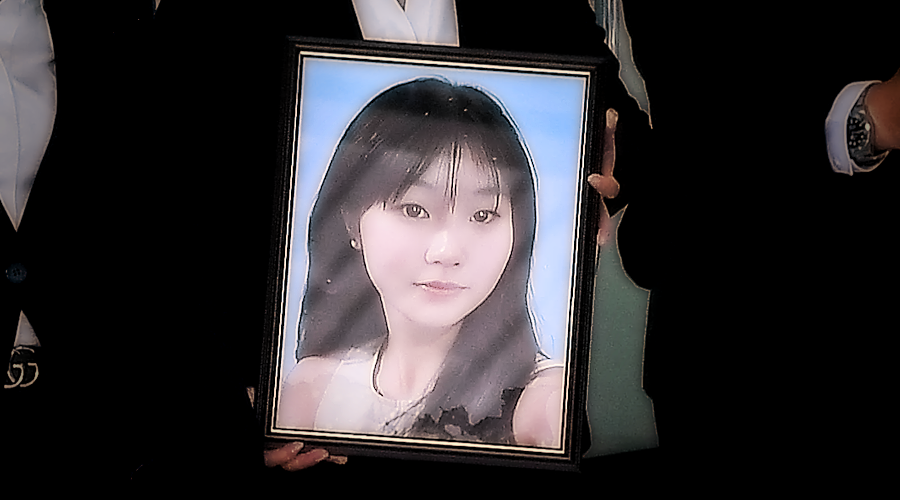
(Mariam Mokhtar is a Freelance Writer.)
ADVERTISEMENT
ADVERTISEMENT









